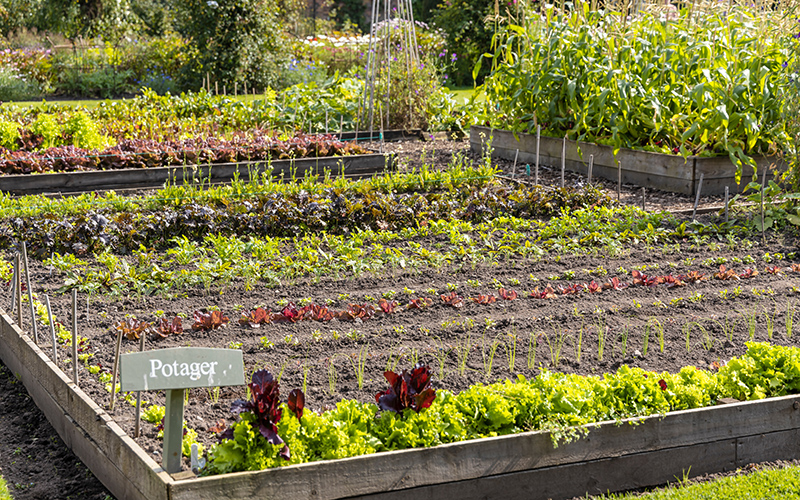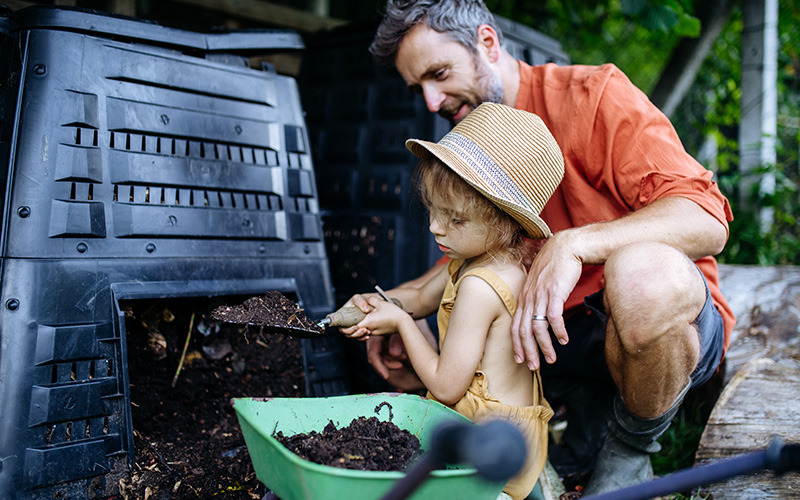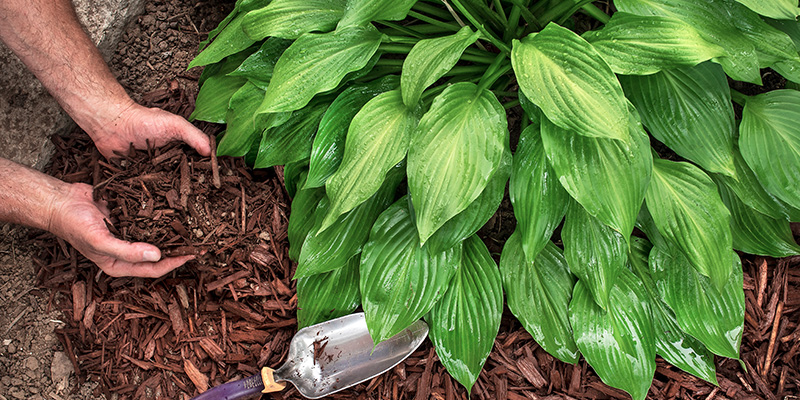Over the years, gardening has evolved, and new technologies have arisen that prove invaluable to gardeners. There are also chemicals being used to protect these plants better than ever. But did you know that companion planting is still the best way to make a garden thrive and thrive well?
What Is Companion Planting?
Companion planting is “marrying” two kinds of plants and ensuring they always have each other’s backs. These plants can support each other regarding growth, vegetable production, and pest deflecting.
Another reason gardeners resort to this gardening method is to ensure that the plants absorb as many nutrients as possible. How? Some vegetables need certain nutrients, while others don’t necessarily need them. Hence, the latter gives way to the other.
Factors to Consider When Choosing Companion Plants

This method sounds logical and beneficial, but you must consider factors when choosing companion plants for your garden. Below are a few of them:
Space
Even though you want these plant duos (or trios) to be near each other, you should ensure that there is still enough space between them. Providing space will promote better absorption of sunlight that plants need for photosynthesis.
Nutrient Sharing
Do your research about plants that go well with each other because sometimes, there are plant duos you don’t want to try. You need to place one that will complement and help another plant thrive for future vegetable production.
Pests
When you have a garden infested with different pests, you need to have plants that pests hate, but that plants love. It will improve your garden’s ecosystem, and you will no longer worry about spending money on pest chemicals.
Water Requirements
Plants have different water necessities, so consider planting flowers and vegetables at the same level. It’s not wise to plant beans, carrots, and peppers that absorb tons of moisture with each other. One will let the other dehydrate, which will not be good.
Plant Height
If your garden receives a direct hit of sunlight, especially in the afternoon, choose companion plants with a significant height difference. One will provide shade and protection, while the other can focus on bearing produce.
In addition, height variation will also provide a nice spread-out view of your garden. You can never go wrong with asymmetry regarding gardening or landscaping. Consult a gardening professional near you to give tips on selecting companion plants.
Benefits of Companion Planting

You may need to follow protocols when placing companion plants in your garden, but the benefits are worth the effort. Let’s move forward with some of the popular benefits of this natural gardening hack.
Organic Support
If you correctly plant flowers and vegetables that can support each other, you can expect better results regarding their growth. For example, when the sunflower is already sturdy and tall, plant cucumbers or snap peas that can use the former as a trellis.
Better Plant Health
How can companion planting improve plant health? It eliminates competition for who will absorb the nutrients they need to grow. When plants with different needs are together, they will give way for the other to get what they don’t need.
Cultivated Soil
When you plant vegetables like carrots that have extensive taproots, it will benefit shallow-rooted plants beside them. Because of this, you don’t need to cultivate the soil whenever you want to grow plants like peas and beans.
Weed Prevention
You can’t achieve total weed prevention overnight. But, weeds will not have the opportunity to grow after planting various plants that expand their roots on open lands. Choose plants that sprawl, like peas and gourds, to achieve this.
Shade and Wind Regulation
Not all plants need that much sunlight, so planting tall shady plants beside your vegetables will help the latter grow peacefully. Tall plants will also provide wind barriers for your shallow-rooted ones to prevent uprooting.
Best Plant Companions for Your Garden
View this post on Instagram
Now that you know the factors to consider and the benefits of companion gardening, you can check these companion plants for future use. You will notice that many of them combine flowering plants and vegetables, which is nice to see.
Marigold and Tomatoes
The marigold is one of the best vegetable companions out of all the flowers. It can repel certain pests on tomatoes, like nematodes. When you surround your tomato garden with marigolds, you can always expect plentiful harvests.
Cabbage and Mint
If you find it hard to grow cabbages because of ants and moths, try planting mint near them. These pests do not like mint because of its smell. Also, you can harvest mint leaves from time to time when you want to add garnish to your drinks.
Nasturtiums and Cucumbers
Unlike marigolds and mint, nasturtiums don’t repel pests like aphids, but they attract them. Aphids will go directly to this plant’s flowers instead of the vegetable beside it. It is perfect when you don’t want your cucumbers to get ruined.
Potatoes and Zinnias
Another duo for companion planting for a vegetable garden is potatoes and zinnias. Zinnias attract ladybugs that garden flies dislike. They repel the latter to enable plants like potatoes to thrive and bear produce you can use in your next few dishes.
The Three Sisters
Are you familiar with one of the best trios in a vegetable garden? They are corn, beans, and squash. Native American tribes have started interplanting these three because they complement each other and thrive together.
Frequently Asked Questions
What Is a Good Companion Plant?
A good companion plant helps produce-bearing ones to thrive in any circumstance. One of the best ones is Marigold. They can ensure that pests will not bother your vegetables through the roots, which is the favorite spot to attack by nematodes.
Which Vegetables Should Not Be Planted Together?
If there are companion plants, there are also counterparts. You should not plant these together: lettuce and garlic, eggplant and fennel, asparagus and garlic, potatoes and sunflowers, celery and carrots, tomatoes and corn, and beans and onions.
What Must You Avoid When Companion Planting?
Using this gardening method, you must avoid planting flowers and vegetables without leaving enough space. You also must ensure that each plant’s soil requirements are the same. Lastly, avoid planting aggressively. Always find the right timing.
Start Companion Planting Today

Whether you have started turning your backyard into a vegetable garden or just starting, start with companion planting immediately. You can avoid costly products like pesticides and fertilizers once you perfect your companion plants.
As always, do your research first before diving right in. Consult a gardening friend or professional for more tips. You need to ensure that you can commit to using this method to help all your plants in your backyard thrive at growth and production.
You Can Also Read These:
- 15 Best Plants To Plant In Your Community Garden This Spring
- Organic Mulch vs Inorganic Mulch: What’s Best For Your Garden?
- Kitchen Gardens Are Back, Here’s How To Get Started




